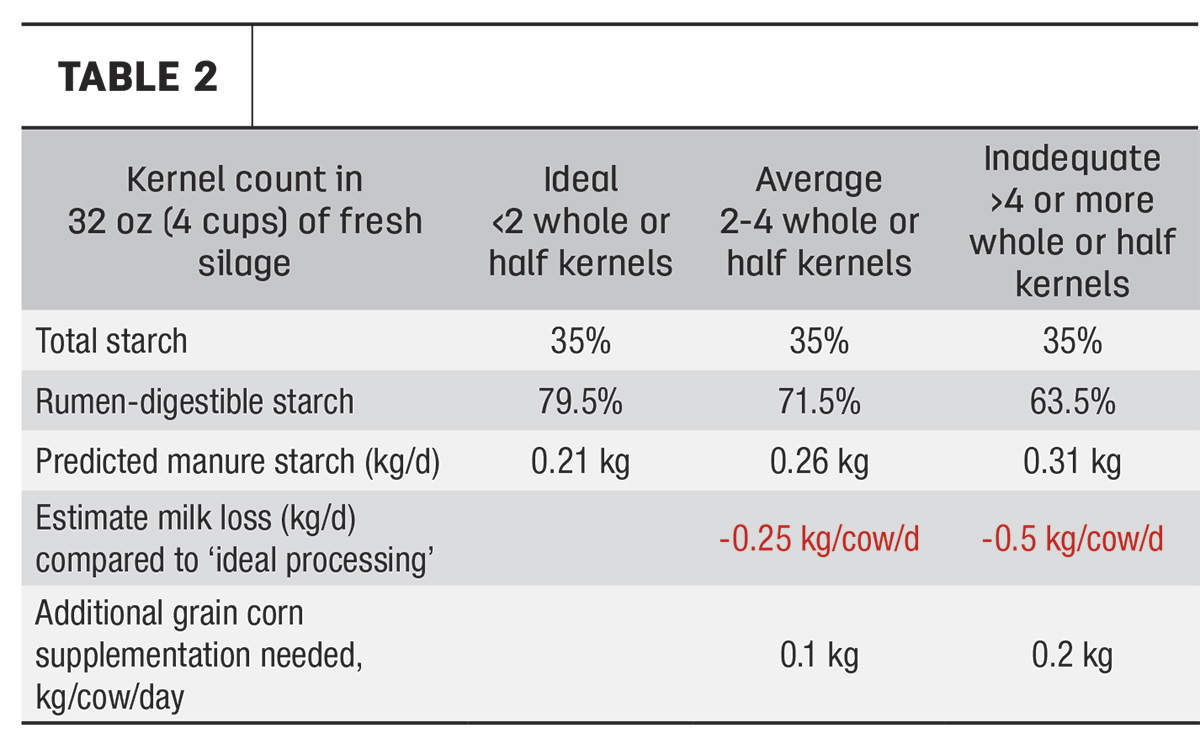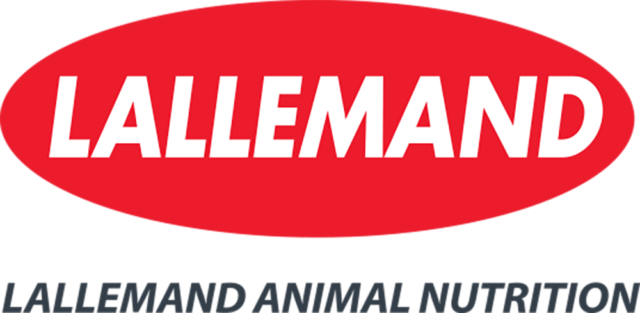To read this article in French, click here.
Corn silage harvest season is just around the corner, making it the perfect time to step back and think about what can be done differently this year to maximize the energy your herd gets from this forage. Even though energy markets have softened, ensuring that the nutrients within corn silage are truly available to be converted into growth, milk and milk components will still make a significant positive impact on your bottom line.
The energy in corn silage comes from two main sources, starch and digestible neutral detergent fibre (NDF). The corn kernels contribute about 65% of the total energy, of which 70% comes from starch. This is why the amount of starch in corn silage continues to be such a prominent topic. It is key to remember that it is not just the starch content that matters, but how much of that starch is actually digestible in the rumen.
Why the emphasis on rumen-digestible starch, you ask? Simply stated, the rumen was specifically designed to convert "rumen-digestible" nutrients into volatile fatty acids and microbial protein, which in turn provide a lactating cow with approximately 80% of her energy needs and 60% or more of her amino acid needs. Starch that is not digested in the rumen may be digested in the small intestine and provide some energy as well, but if too much passes through, it could lead to hindgut acidosis or pass directly through the cow into the manure. At the current price of corn, the emphasis needs to be on maximizing the digestibility of the starch in corn silage and minimizing the amount of starch passing into the manure pit.
Many labs now provide an estimate of the amount of rumen-digestible starch in corn silage analyses, as seen in Figure 1. This analysis takes into consideration many different factors, such as the moisture of the sample, along with a measure of the breakdown of the zein proteins within the corn kernel. One key factor that is not accounted for in rumen-digestible starch analysis is the physical features of the corn kernel. Accounting for how well the kernels have been processed is necessary to truly reflect what percentage of the starch will be available in the rumen as the corn silage is digested.

Harvest at proper moisture level/maturity
Harvesting at the correct moisture level sets the stage for success. Whole plant moisture trumps kernel milk line every time to ensure the corn silage ferments quickly and fully, to avoid significant dry matter and nutrient losses. The ideal moisture level will vary based on the type of storage structure used on-farm, as shown in Table 1.

Proper processing
Proper processing of corn kernels in corn silage cannot be stressed enough. Inadequate processing can result in more than a 15-point decrease in the amount of rumen-digestible starch. Table 2 compares a single corn silage sample processed optimally, moderately or poorly. Not only does processing have a significant impact on the amount of rumen-digestible starch but consequently on starch lost in the manure, potential milk yield losses and additional diet expenses required to make up for the loss in available starch.

A thorough inspection of equipment prior to harvest, and regular checks throughout the harvest season, are necessary to maintain ideal processing from start to finish. Some of the key components to inspect include:
- 20%-40% differential on rollers (will vary based on brands/models)
- Maintain a roller gap of 3 millimetres or less
- Slow down. Less feed per hour results in better processing
- Roller grooves are critical – regroove or replace when necessary
A simple way to monitor if processing is ideal is to take a 1-litre sample of corn silage, spread it out on a light-coloured, clean surface and pick out any whole or half kernels. Ideally, there should be fewer than two whole or half kernels; if there are more, the processor (or the speed of the harvester) needs to be adjusted.
Build an inventory buffer
Just like a fine wine gets better with age, so does corn silage. In the first two months alone, starch digestibility will generally increase at least seven points and will continue to increase very gradually after that point, plateauing around nine months after ensiling. During the anaerobic phase of fermentation, the zein proteins that form cross-links around the starch granules making the starch less digestible, begin to break down (proteolysis), making the starch more available to rumen microbes. Maintaining a three-month carryover of fermented corn silage can help support higher milk yields (to help fill fall incentive days) and reduce feed costs.
Corn silage has become an integral part of most dairy rations because of the energy and fibre it brings to lactating cow diets. To maximize the amount of energy that can be "harvested" from this forage, extra effort is needed to get all the details right – particularly when it comes to improving starch digestibility. The correct moisture level, proper processing and allowing adequate ensiling time are three areas that can go a long way to reduce feed costs, improve herd performance and increase farm profitability.
References omitted but are available upon request by sending an email to the editor.









